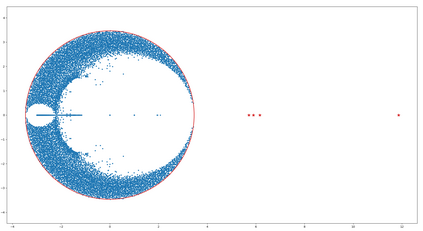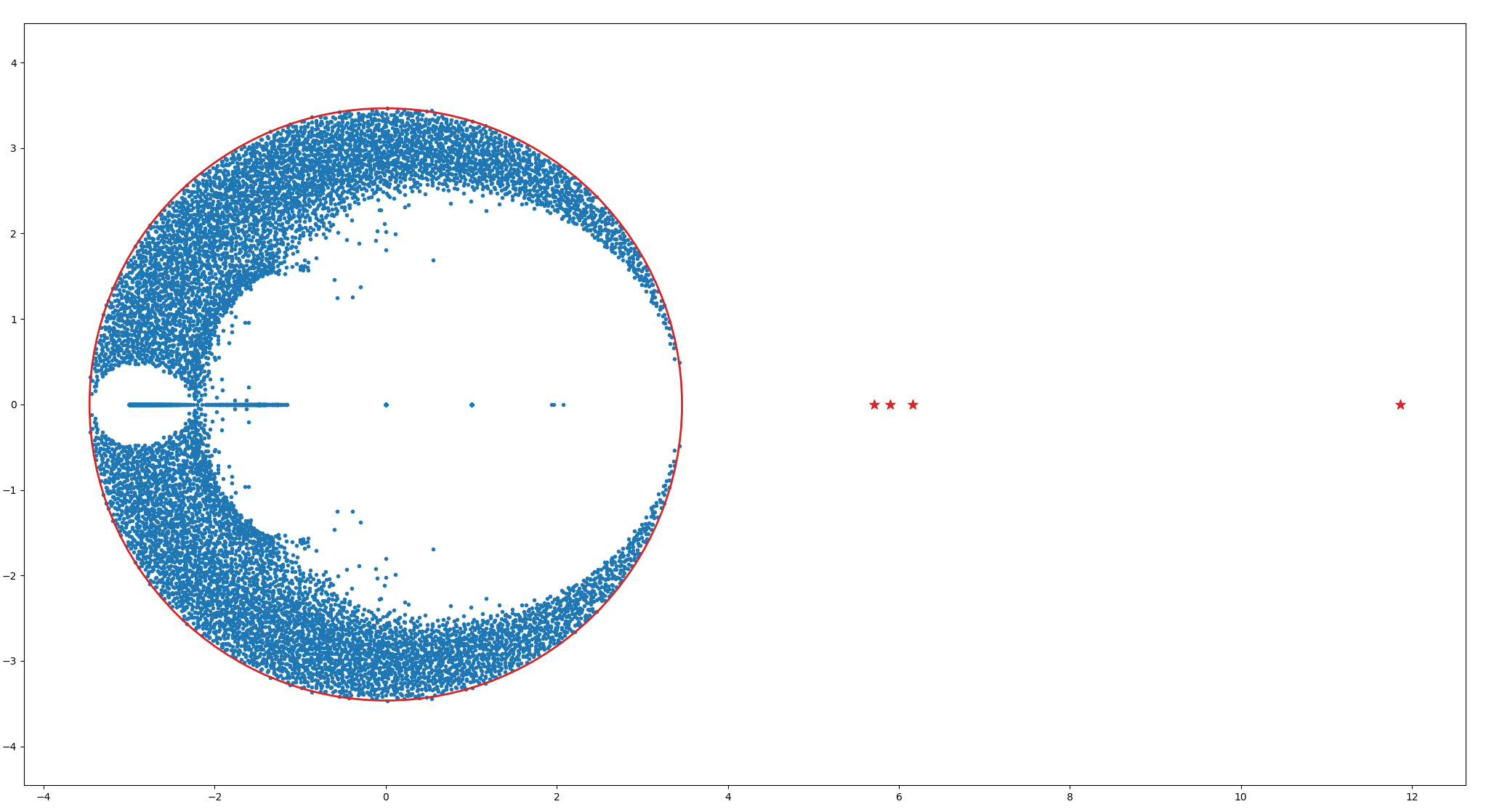We consider the community detection problem in a sparse $q$-uniform hypergraph $G$, assuming that $G$ is generated according to the so-called Hypergraph Stochastic Block Model (HSBM). We prove that a spectral method based on the non-backtracking operator for hypergraphs works with high probability down to the generalized Kesten-Stigum detection threshold conjectured by Angelini et al. We characterize the spectrum of the non-backtracking operator for the sparse HSBM, and provide an efficient dimension reduction procedure using the Ihara-Bass formula for hypergraphs. As a result, community detection for the sparse HSBM on $n$ vertices can be reduced to an eigenvector problem of a $2n\times 2n$ non-normal matrix constructed from the adjacency matrix and the degree matrix of the hypergraph. To the best of our knowledge, this is the first provable and efficient spectral algorithm that achieves the conjectured threshold for HSBMs with $k$ blocks generated according to a general symmetric probability tensor.
翻译:我们用一个稀薄的美元-单体高压高射机枪(GG)来考虑社区探测问题,假设美元是根据所谓的高射速碎块模型(HSBM)生成的。我们证明,基于高射线非回溯跟踪操作器的光谱方法极有可能工作到由Angelini等人预测的通用Kesten-Stigum探测阈值。我们描述的是稀散的HSBM非回溯跟踪操作器的频谱,并使用Ihara-Bass公式为高射波提供高效的维度降低程序。因此,对以美元为顶部的稀散HSBM的光谱检测可以降低为2n/time 2n的非正常矩阵问题。据我们所知,这是第一个可探测和高效的光谱算算法,该算出HSBMSBM的基质值为1美元,根据一般的对称概率生成为10美元。






